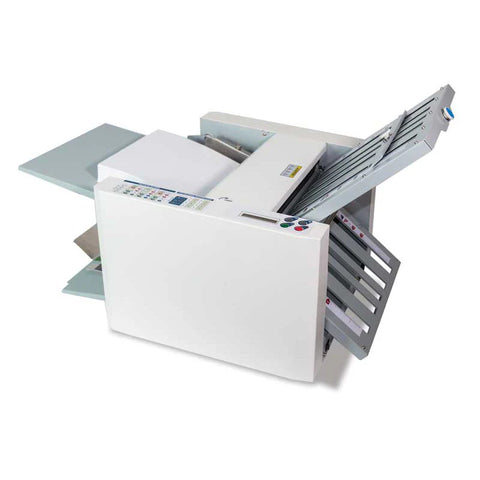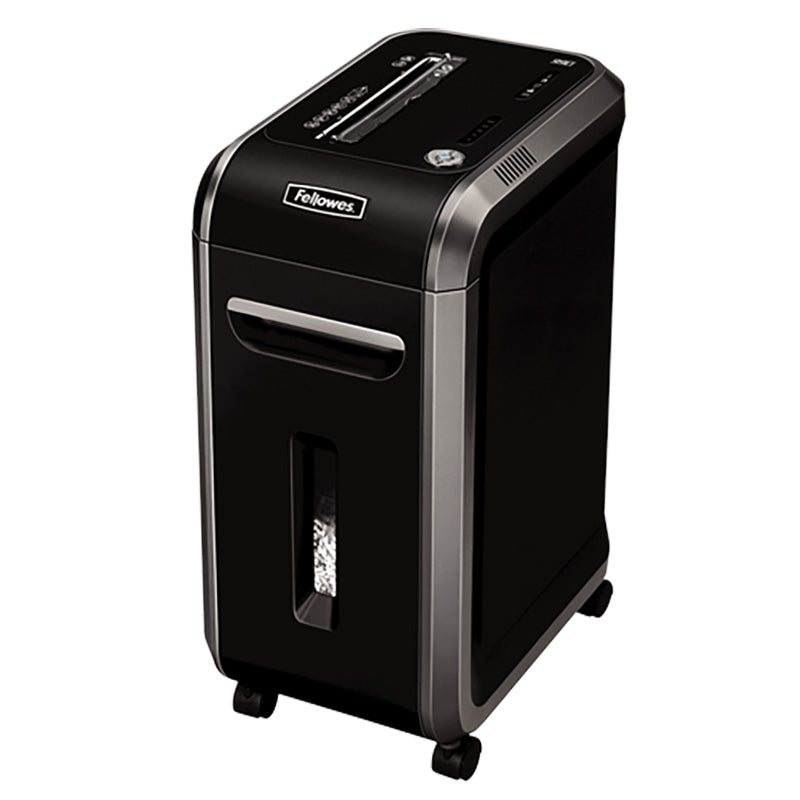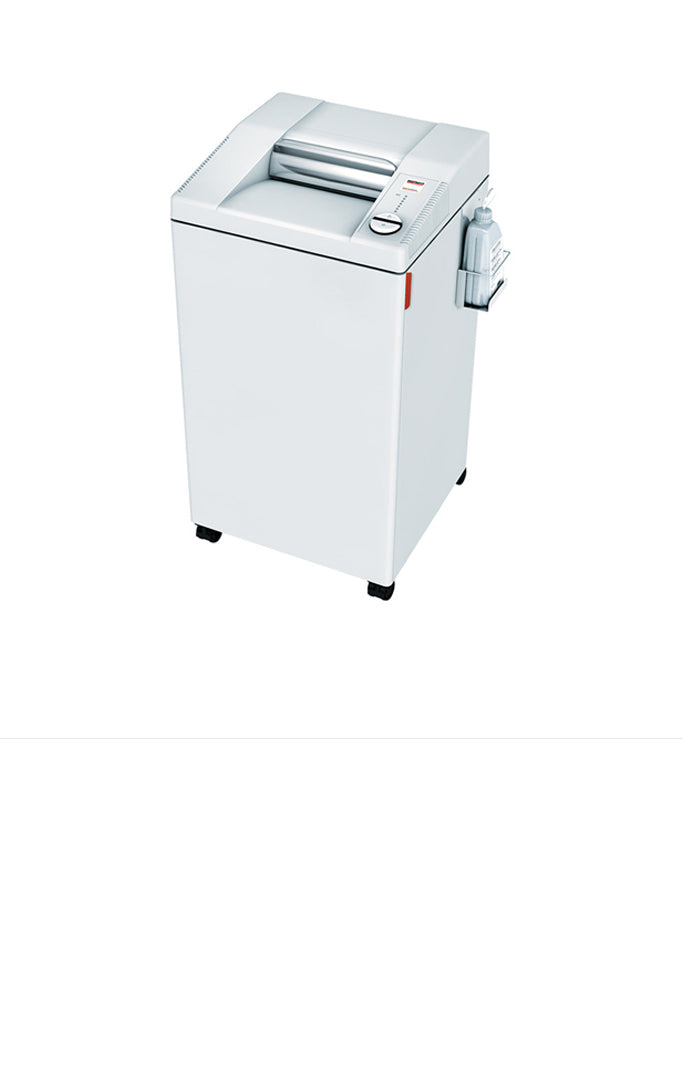A paper folding machine is a piece of office equipment that automatically folds sheets of paper, such as letters, brochures, and other documents. The machines are used in schools, print shops, offices, churches, and mailing centers. Colleges should consider purchasing these devices because they simplify the college admissions process. This is when high school students visit, learn about college programs, and apply to universities they wish to study at. College admissions teams also have to select students that they think will make a great addition to their school.
In the college admissions process, there are a variety of documents that need to be folded before they are mailed to prospective students, parents, or other stakeholders. Some examples of these documents are:
1. Acceptance Letters: These letters are mailed to students, and often need to be folded to fit into standard envelopes.
2. Welcome Packets: When students are accepted to universities, they may get welcome packets with instructions about how to enroll, orientation, schedules, and university life.
3. Financial Aid Offers: Colleges send financial aid offers like scholarships, grants, and loans to students. These papers need to have a professional appearance and be securely folded.
4. Informational Brochures: Universities mail brochures that feature programs, faculties, extracurricular activities, and school facilities. They provide insights about campus life to prospective students.
5. Event Invitations: Invitations related to campus events, open days, or virtual tours are sent to influence students to visit and learn more about the school.
6. Registration Forms: After students have obtained their admission offers, forms for course registration, housing applications, or other administrative requirements are mailed to students.
7. Policy Documents: Forms about policy, like codes of conduct, privacy policies, and housing rules are mailed to students before they arrive to campus.
8. Course Catalogs: While course catalogs can be available on a school’s website, some educational institutions still send students physical copies so students can plan their first academic year.
9. Scholarship Information: Colleges send out information on applying for additional scholarships, like deadlines, requirements, and application forms.
10. Thank You Letters: After campus visits or interviews, there are colleges that send customized thank you letters to prospective students.
Paper folding machines support the work of college admissions teams.
Paper Folders are Efficient and Time-Saving Tools for Colleges
During admissions season, colleges are busy, and receive thousands of applications, letters, and documents. They operate with limited staff and tight schedules. Paper folding machines are efficient and time-saving school supplies because they can fold these documents faster than manual folding. For instance, an entry level model can fold anywhere from 4,000 to 7,000 sheets per hour. Admissions staff can focus on other tasks, like assessing applications.
Paper Folders Create a Professional Appearance for University Documents
An advantage of using paper folders is that each document is folded uniformly, which creates a professional appearance for university documents. It is important that official school documents and communications look proper so prospective students will be drawn to the school and apply. In addition, folding by hand can cause errors like uneven folds and misaligned edges. Paper folders reduce human errors, and can process hundreds of sheets per hour, surpassing a human’s capacity.
Paper Folders Have Multiple Fold Types and Can Fold Different Paper Sizes
Paper folders can be adjusted to handle a variety of fold types such as the tri-fold, Z-fold, and half-fold, which lets universities customize the appearance of their documents. For example, a tri-fold can be used for brochures, a Z-fold can be used for letters inserted into windowed envelopes, and a half-fold can be used for newsletters. These devices can also accommodate different paper sizes, weights, and thicknesses.
Paper Folders are Cost Effective for Schools and Universities
Paper folders are cost effective for schools and universities because they bring down labor costs. Even though colleges have to initially make an investment in machinery, the long-term savings is huge. This is because they do not need a group of staff to manually fold documents. In fact, high-end models only require one user, and can fold 20,000 to 100,000 sheets per hour. Since using paper folders reduces errors, colleges can decrease the cost connected to reprinting and resending documents due to presentation issues.
Paper Folders Quickly Process Documents and Improve Engagement with Prospective Students
Paper folders facilitate speedy processing and improve engagement with prospective students. Because admissions documents are folded faster with a paper folder than by hand, there are quicker mailing times, which allow students to receive information like acceptance letters and informational packets in a prompt manner. Also, if the university communications materials are professionally folded, prospective students will be impressed with their mailed documents and be convinced to make a decision to attend the school.
Overall, paper folding machines are a great asset for college admissions offices, and are efficient, time-saving, and cost-effective tools. By using paper folders, colleges can effectively allocate their resources, enhance their communication with prospective students, and cultivate a high standard of professionalism with their admissions materials. Read about our Martin Yale 1812 AutoFolder Paper Folder and our Formax FD 324 Desktop Paper and Document Folder, and consider purchasing these products for your college admissions team.
Our Martin Yale 1812 AutoFolder Paper Folder

Our Martin Yale 1812 AutoFolder Paper Folder is a friction-fed automatic paper folder that is produced for schools, print shops, mailrooms, churches, and office environments. A friction-fed paper folder is a document folding machine that uses friction to feed individual sheets of paper into the folding mechanism. The main part of this Martin Yale paper folder is its set of rubber rollers. When the device is turned on, these rubber rollers spin against the top sheet of paper in the feeder tray, latching on to it and pulling it into the machine.
In order to use the Martin Yale 1812, the user must adjust the fold plates according to the measurement chart on the front of the paper folder, and then put in the paper. It takes in paper weight from 18 lbs. to 90 lbs. The feed table can hold 500 sheets of paper that has the weight of 20 lbs. at one time, and it folds 5,000 to 12,000 sheets per hour. Also, the machine takes in paper sizes from 2.5” x 5.2” to 12” x 18.” Its fold types are the letter, Z-fold, half, double-parallel, gate, engineering, and church folds. These folds allow users to create bulletins, flyers, and invoices.
Our Formax FD 324 Desktop Paper and Document Folder

Our Formax FD 324 Desktop Paper and Document Folder is a manual paper folder created for small businesses, schools, and churches. It processes up to 8,600 sheets per hour, has a 500 sheet hopper capacity, and can fold paper sizes up to 12” x 18.” The machine comes with removable fold plates, which can be easily detached and reattached from the main body of the device. Users can make adjustments, clean, and replace them effortlessly. These removable fold plates have four fold settings: letter, zig-zag, double parallel, and half folds. There is also a skew knob that lets the user move the feed table left or right, and allows the user to fix minor misalignments.They accommodate 11,” 14,” and 17” paper sizes.
There is a three-tire friction feed system that integrates three separate sets of rollers arranged in tiers. These rollers are the main contact points with the paper, which grips and feeds the papers into the device at one time. This improves the paper folder’s handling and folding capabilities, and reduces the possibility of jams and misfeeds. Finally, there is an LCD control panel that has a 3-digit resettable batch counter, which facilitates users to process multiple sheets of paper with a pause between sets. The batch counter is best to use for groups of flyers or mailings.









